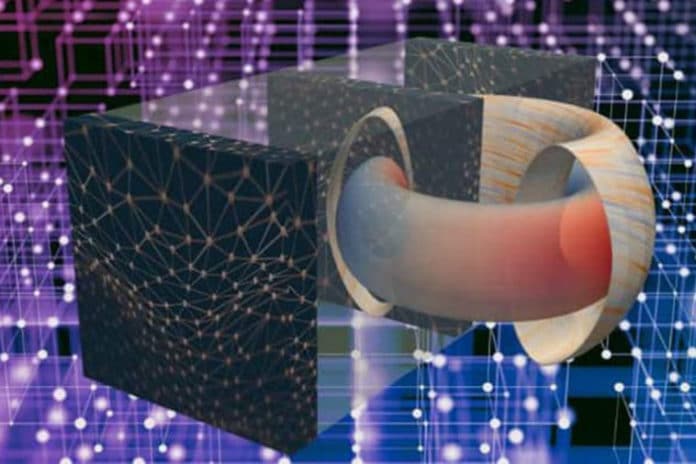For many years, scientists have been putting efforts to develop clean, limitless energy by re-creating the conditions at the center of the sun here on Earth. However, in case nuclear fusion is to be practical for electricity production, that huge, ranging power must be controlled.
At the Princeton Plasma Physics Laboratory (PPPL) and Princeton University, scientists collaborating with a Computational Science Graduate Fellow from Harvard University introduced a new method based on deep learning. This method will help to forecast sudden disruptions that can halt fusion reactions and damage the doughnut-shaped tokamaks or apparatus that house the reactions.
Researchers have a new code, Fusion Recurrent Neural Network (FRNN), to reliably forecast disruptive events, according to the findings published in the journal Nature magazine.
“This research opens a promising new chapter in the effort to bring unlimited energy to Earth,” said Steven Cowley, director of the US Department of Energy’s (DOE) Princeton Plasma Physics Laboratory (PPPL). “Artificial intelligence is exploding across the sciences, and now it’s beginning to contribute to the worldwide quest for fusion power,” he added.
The fusion that is able to drive the Sun and stars is the fusion of light elements in the form of plasma. Plasma is the hot, charged state of matter composed of free electrons and atomic nuclei that generate energy.
Scientists are trying to replicate fusion on Earth for an abundant supply of power for the production of electricity.
“Artificial intelligence is the most intriguing area of scientific growth right now, and to marry it to fusion science is very exciting,” said William Tang, a principal research physicist at PPPL.
“We have accelerated the ability to predict with high accuracy the most dangerous challenge to clean fusion energy,” he added.
Deep learning is totally different from traditional software, which carries out prescribed instructions. Whereas deep learning learns from its mistakes, it only needs to be trained in order to learn.
To train their code, the team used massive, diverse streams of measurement data from past experiments. Their new algorithm, the Fusion Recurrent Neural Network (FRNN), searches for patterns in the data that tend to occur before a disruption happens. FRNN learns these patterns, which allows it to make disruption forecasts.
“Classical machine learning is good at analyzing simple sources of data, such as the average density or current in the plasma,” said Kates-Harbecka, physics Ph.D. student and a Department of Energy (DOE) Computational Science Graduate Fellow. “But we have access to data that is much more complex, like the temperature of electrons as a function of radius in the plasma. That’s high-dimensional data, and you need deep learning to make sense of it.”
High-dimensional data may contain much more information about what is going on in the plasma. That is what allows the deep-learning algorithm to make predictions so much better than other AI methods.
Given enough data, deep learning has a lot of generalization power; that is, what it learns in one structure can be applied in another. Generalization is critical for fusion prediction, where disruptions get worse in larger machines.
In the coming decades, scientists believe the plasmas in the reactor will move well beyond the energy break-even point – the moment when it releases at least as much energy as is required to heat it.
